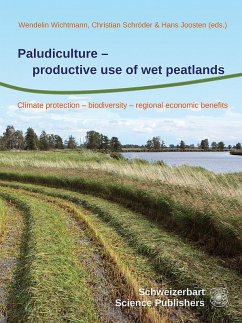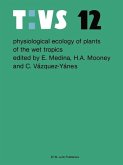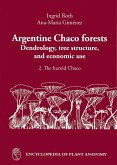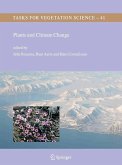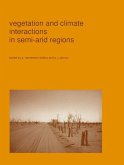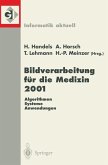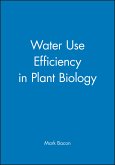Peatlands cover some 4 million km² worldwide. Approximately 15% of this area particularly in the temperate zone and the (sub)tropics is drained, largely to be used for conventional agriculture and forestry. Drainage leads to irreparable damage to peatlands. Subsidence and soil degradation frustrate long-term peatland utilisation and are responsible for almost 6% of the total global anthropogenic greenhouse gas emissions. Soil degradation and greenhouse gas emissions can be strongly reduced by rewetting. Rewetting, however, makes conventional land use impossible. In contrast, paludiculture on wet and rewetted peatlands allows for permanent, sustainable cultivation of peatlands. The volume introduces paludiculture as a novel land use practice for the production of biomass, which is further able to reactivate or sustain a wide variety of ecosystem services impaired by peatland drainage. Biomass from wet peatlands is useful for various applications: as fuel and raw material, food, fodder and medicine. The authors discuss and evaluate the ecosystem services and economic feasibility of various land use options. Practical recommendations for and legal aspects of implementing paludicultural methods are presented as well as experiences with its worldwide application. The historical development of peatland utilization, including its increasing intensification, the resulting soil degradation, and the recent development of paludiculture as an alternative, balanced land use approach are described. The book provides extensive information for practioners and scientists as well as decision-makers in politics, management, and explains the principles of wise peatland management, encouraging the worldwide implementation of paludiculture as a unique form of sustainable utilisation of organic soils. This book is also available in German language: Paludikultur - Bewirtschaftung nasser Moore
Dieser Download kann aus rechtlichen Gründen nur mit Rechnungsadresse in A, B, BG, CY, CZ, D, DK, EW, E, FIN, F, GR, HR, H, IRL, I, LT, L, LR, M, NL, PL, P, R, S, SLO, SK ausgeliefert werden.

